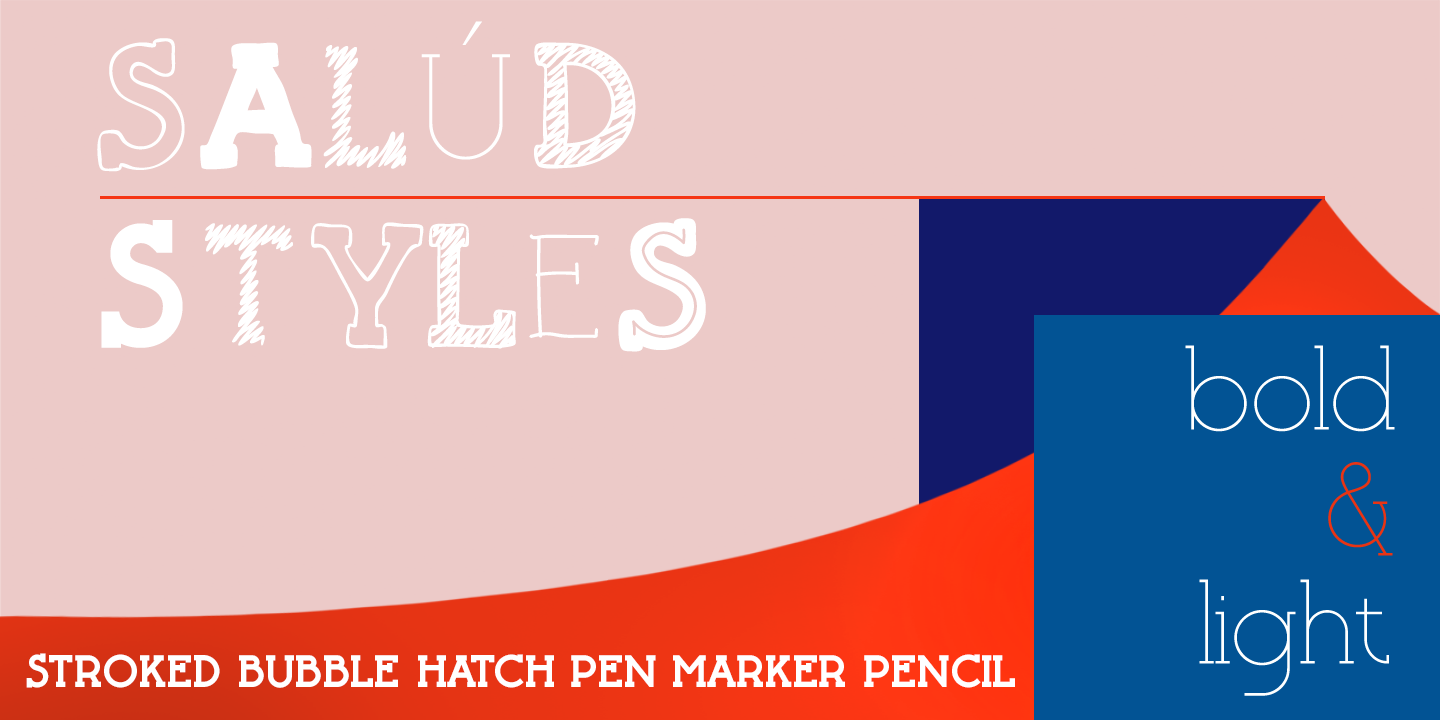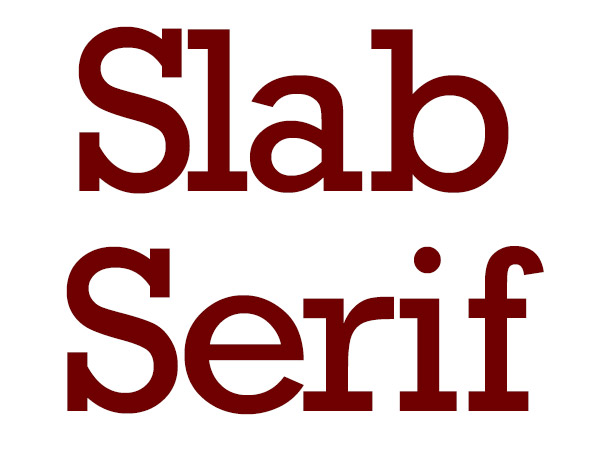
Informed by the same kind of rationalist thinking that inspired the great sans serifs of the Bauhaus, Geometrics abandon traditional forms in favor of mathematical strategies.- Jonathan Hoefler The Slab Serif Today The Geometric is a twentieth-century riposte to the Antique. Then, of course, come the Geometric Slab Serifs that look like the early Sans Serif types with the serifs broken off. Strictly speaking an ‘authentic’ slab serif has unbracketed serifs (an abrupt serif that meets the stem at a 90° angle), though there are numerous examples that come with bracketed serifs.

Contrast was reduced, the serifs thinned somewhat and up with the x-height for legibility at those smaller sizes. They were an attempt to reign in some of the extravagences of the Fat Face display types, making them fit for use as text faces. 1800), who was also responsible for coining the term Egyptian to describe what is generally known today as the Slab Serif.*īy the mid-1800s, another sub-set of the Slab Serif class of types began to emerge-the Clarendons. The first Fat Face was designed by Robert Thorne ( c. If, as some commentators remarked, the Didones were parodies of Baskerville‘s types, then the Fat Face types are parodies of parodies. The Fat Face, then, is basically an Obese Didone. Bodoni is of course a Modern style type but, carrying all that extra weight, it’s a Fat Face. You might be familiar with types like Poster Bodoni. Take a Modern style typeface, give its thicker strokes even more weight, triangulate some of those serifs, and you have a Fat Face. The Slab Serif or Egyptian is also home to further subsets of typeface styles, like the Fat Faces which are fundamentally Didones (or Moderns) on steroids. What I’m getting at is that the early Slab Serifs weren’t discreet. If the Didones are a lissome Audrey Hepburn, then the Slab Serifs are those guys one sees all too often on construction sites around the globe - trousers half-way down their posteriors. Those posters were a riot of big type, often a half-dozen different styles on a single page. The difference can be expressed as a maxim: text types when enlarged can be used for headings display types, if reduced, cannot be used for text setting.-Walter Tracy** …there is sometimes a lack of understanding of the fundamental difference between types designed for display and types meant for text. the Steam Press, 1814), advertisers in particular were looking for a type that stood out from crowd a type that shouted, look at me! Thus was born the the display face-type for use at large sizes, for short bursts of copy. But with mechanization, and major innovations in printing technology (e.g.

Until this time, type was designed to serve one purpose-it was designed for long stretches of texts, for books.

Like the industrial revolution, the Slab Serif was born in Britain, and was no doubt inspired by a new wave of advertising, and those beefy letter forms that could be found on just about every billboard, pamphlet, and poster of the day. The nomenclature has absolutely nothing to do with Egyptian Hieroglyph Slab Serifs-because there’s no such thing. What’s with the name Egyptian? Upon Napoleon’s return from a three-year Egyptian expedition and publication in 1809 of Description de l’Égypt, Egypt was all the rage, and it appears that type founders simply used a term that was on everyone’s lips, a term that was in vogue. Welcome to the early 1800s and the birth of the Slab Serif, otherwise known as Egyptian, Square Serif, Mechanical or Mécanes.


 0 kommentar(er)
0 kommentar(er)
